1. Whirlpool Tubs
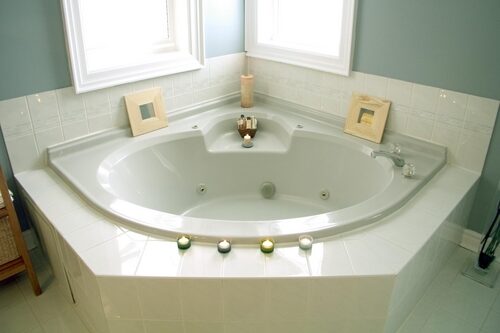
Whirlpool tubs used to scream luxury, but these days many buyers see them as a maintenance headache. The jets can be noisy, prone to clogging, and tricky to clean properly. On top of that, they take forever to fill and guzzle hot water, driving up utility bills. For many, a sleek walk-in shower feels like a smarter, more modern indulgence.
Another issue is that homeowners often admit they rarely use these tubs after the first few months. They tend to become giant dust collectors or overflow storage spots for towels. Buyers know this, which makes them less willing to pay extra for one. In fact, some will see it as a renovation project waiting to happen.
2. Gold-Plated Faucets
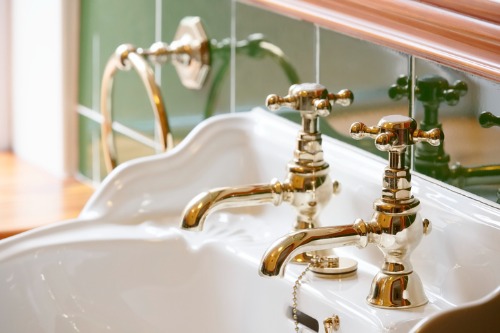
Gold fixtures can look flashy in photos, but many buyers shy away when they see them in person. They’re often associated with a dated, 1980s aesthetic that doesn’t fit into the clean, minimalist trends popular now. The finish is also prone to tarnishing and water spots, making upkeep a constant chore. To most buyers, it reads as “high maintenance” rather than “high-end.”
Even those who like the glam look know these finishes can be polarizing. That means they’ll eventually need replacing if the home is sold again. Buyers don’t want the burden of ripping out bathroom or kitchen hardware immediately after moving in. Neutral finishes like brushed nickel or matte black feel safer, timeless, and easier to style around.
3. Wine Cellars
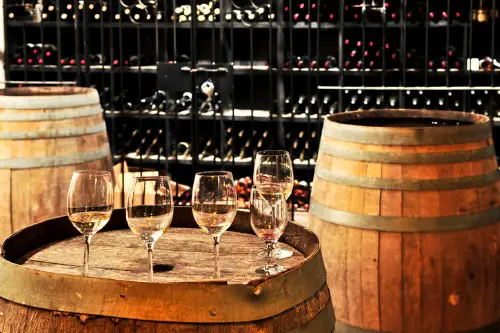
Wine cellars may impress on paper, but in reality, only a niche group of buyers actually uses them. Many people don’t collect enough bottles to justify the dedicated space. Maintaining proper temperature and humidity requires energy and upkeep, adding to household costs. For casual wine drinkers, it’s simply unnecessary.
Often, buyers see this space and immediately think about what they’d rather have instead—maybe a gym, a home office, or extra storage. A cellar that looks dated or underused can even feel like wasted square footage. Unless the buyer is a serious oenophile, the feature doesn’t add value. In fact, it can feel like a mismatch with their lifestyle.
4. Outdoor Kitchens
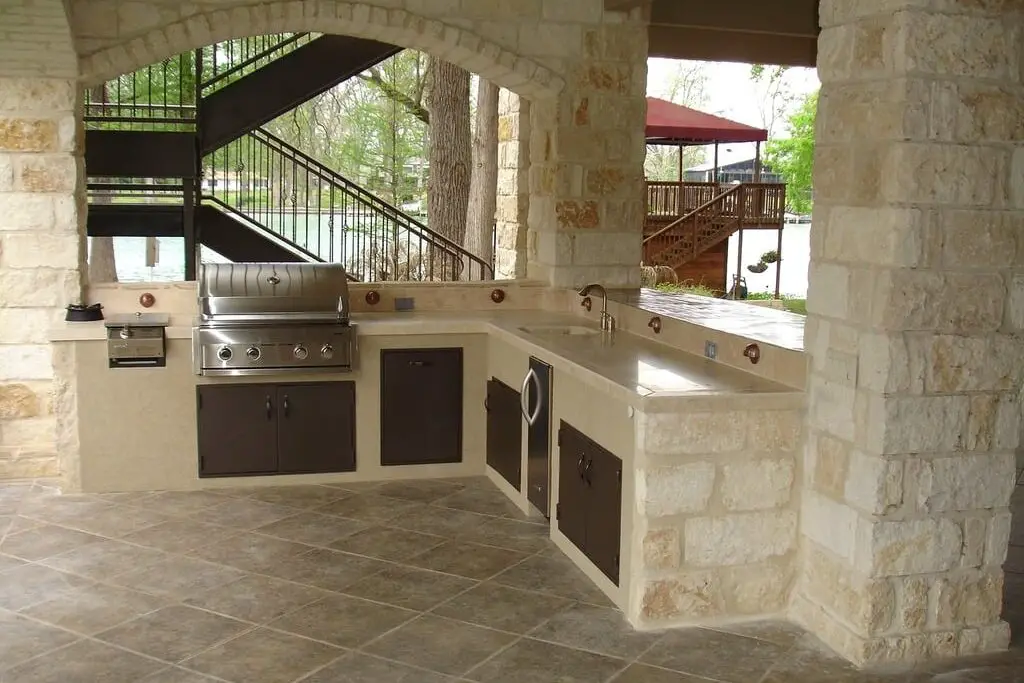
Outdoor kitchens sound dreamy, but in practice, they can be more hassle than they’re worth. Appliances left outside are exposed to weather, pests, and rust. Even in covered setups, upkeep costs and repairs add up fast. For buyers in colder climates, the space often sits unused most of the year.
Another sticking point is that these spaces eat into yard area that could otherwise be enjoyed for play or gardening. Families especially may see an outdoor kitchen as wasted real estate. Plus, buyers know they’ll need to constantly clean grills and counters before entertaining, which takes the shine off the “luxury” vibe. For many, a simple patio and grill setup feels far more practical.
5. Bidets with Electronics
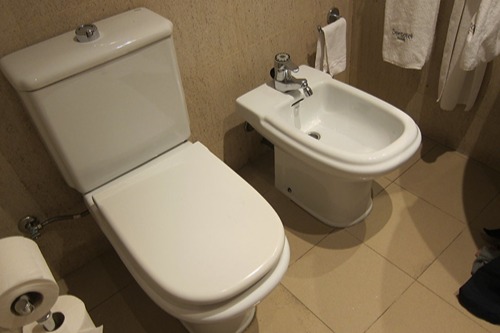
High-tech bidets with heated seats, music, or remote controls are popular in some markets but intimidate many buyers. The thought of electronic parts in a bathroom fixture makes people worry about repairs and replacements. Some also see them as overly personal upgrades that don’t appeal to everyone. Instead of “luxury,” they register as “quirky.”
Buyers also wonder about the long-term maintenance of such specialized equipment. Parts can be expensive, and not every plumber is familiar with repairing them. For those unfamiliar, the learning curve feels unnecessary. Many would prefer a modern, water-efficient toilet without the extra bells and whistles.
6. Smart Mirrors

Smart mirrors with built-in lighting, touchscreens, and Bluetooth may look futuristic, but many buyers hesitate. The technology ages quickly, meaning what feels “cutting-edge” today might look outdated in a few years. Repairs or replacements are costly, especially since the features are integrated. Instead of elevating the bathroom, buyers often see it as a fragile gimmick.
There’s also the question of practicality. Most people don’t need a mirror that can play their morning news or track skin health. Buyers often think about how frustrating it will be if the tech glitches. A simple, well-lit mirror usually feels more reliable and timeless.
7. Rainfall Showerheads
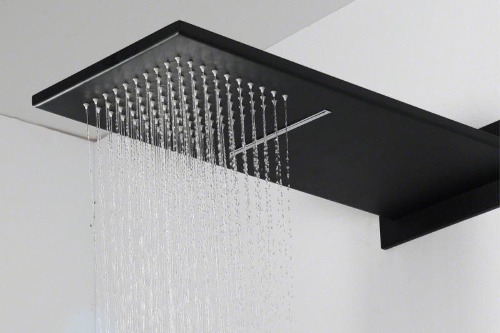
Rainfall showerheads sound like a spa perk, but many buyers find them impractical. They usually require standing directly under the stream, which isn’t ideal for rinsing quickly. Water pressure can also feel weaker compared to standard showerheads. In homes with low ceilings, they can even feel claustrophobic.
These showerheads also use more water, raising utility bills for something that doesn’t always feel like an upgrade. Cleaning them can be a hassle too, since hard water leaves buildup on the wide surface. Buyers may admire the idea, but in daily life, they tend to prefer a functional shower with adjustable settings. A luxury spa vibe quickly fades if it doesn’t deliver convenience.
8. Vessel Sinks
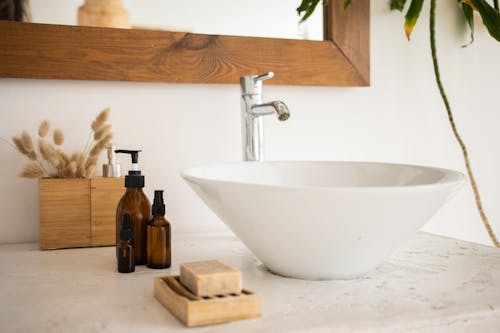
Vessel sinks, the bowl-like basins that sit on top of counters, look chic in photos but frustrate in real use. They splash more easily because the sides are shallow and the faucet angles can be awkward. Cleaning around the base is another annoyance, since grime and water collect where the sink meets the counter. Over time, this “statement piece” feels less practical.
Buyers also know these sinks can limit counter space. Bathrooms with smaller vanities often become cramped when a large vessel sink dominates the surface. Plus, the trend has already started to fade, which makes buyers wary of committing to something that could look dated. Many prefer undermount sinks for a cleaner, more functional look.
9. Heated Towel Racks
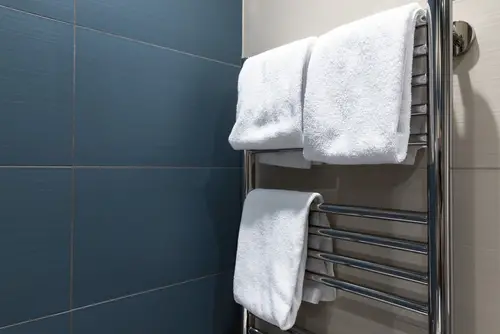
Heated towel racks feel like a pampering detail, but they rarely sway buyers. Many don’t want to bother waiting for the towels to heat up, or they simply forget to turn the unit on. Electricity costs also add up for what feels like a very small luxury. For many, it’s just another thing to repair if it breaks.
They can also take up valuable wall space in smaller bathrooms. Buyers often prioritize storage over an appliance they’re not sure they’ll use. A well-placed linen closet feels far more practical. So while these racks sound indulgent, most buyers aren’t impressed.
10. Double Ovens

Double ovens can appeal to serious cooks, but for many households, they’re excessive. The second oven often goes unused except during holidays, making it feel like wasted space. The extra appliance also drives up energy use and complicates repairs. For the average family, one oven is plenty.
Buyers also realize that double ovens typically come at the expense of cabinet space. In smaller kitchens especially, this trade-off can feel frustrating. A single oven paired with a versatile convection or air fryer option is often more practical. That makes the “luxury” of a second oven less appealing than it sounds.
11. Home Theaters
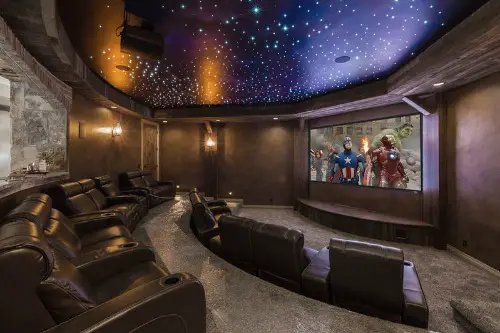
Home theaters sound like a wow-factor feature, but in practice, they don’t fit every lifestyle. Buyers often think about how rarely they’d use a dedicated theater room. Many prefer a flexible media room or open living space with a large TV instead. A dark, enclosed theater can feel like wasted square footage.
Another drawback is that tech moves fast. Projectors, speakers, and seating that felt luxurious five years ago can feel outdated today. Buyers worry about the cost of upgrading or reconfiguring the room. A simple living room setup with modern equipment feels more versatile and appealing.
12. Pot Fillers
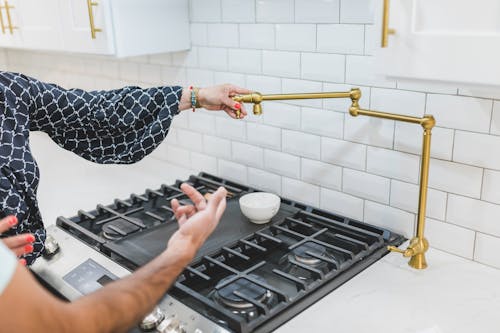
Pot fillers above stovetops are a kitchen trend that looks high-end but rarely delivers real convenience. While they make filling pots easier, they don’t help with carrying the pot back to the sink to drain. Many buyers see them as a solution to a problem they don’t really have. They’re also one more fixture that can leak or require maintenance.
Installation costs aren’t cheap either, since they involve running plumbing to the wall behind the stove. For something that might only get used occasionally, the investment feels excessive. Buyers also worry about splashes and drips near cooking surfaces. In the end, most would rather put money into higher-quality appliances or counters.
13. Central Vacuums
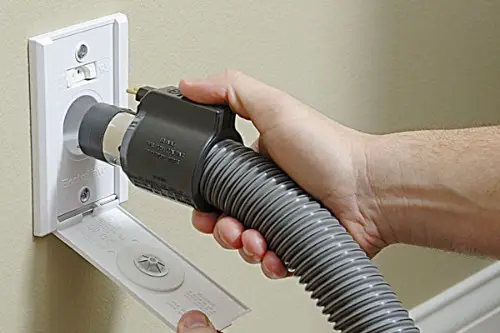
Central vacuum systems were once marketed as futuristic conveniences, but buyers rarely see them that way anymore. Lugging long hoses from room to room isn’t much easier than pushing a lightweight cordless vacuum. Repairs can also be expensive, especially if ducting in the walls needs attention. It’s a feature that often goes unused.
Space is another issue—these systems take up storage in garages or closets. Modern vacuums are portable, efficient, and cheaper to maintain, making central systems feel outdated. Buyers often view them as relics of past decades rather than true upgrades. Most would rather invest in a high-end cordless model.
14. Chandeliers in Bathrooms
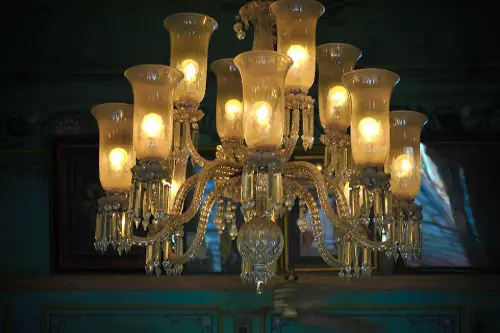
Chandeliers in bathrooms may look dramatic, but they make many buyers uneasy. The combination of electricity and humidity raises safety concerns, even when properly installed. They’re also difficult to clean, especially in spaces with limited ceiling height. What looks glamorous in a photo often feels impractical in person.
Buyers also question the choice when other lighting solutions provide better function. Bright, well-placed sconces or recessed lights make a bathroom more usable. A chandelier, on the other hand, can throw awkward shadows and feel more like clutter. Many buyers would rather skip the drama and enjoy lighting that works.
15. Overly Large Islands

Kitchen islands are popular, but when they get oversized, buyers push back. An island that dominates the space can make the kitchen feel cramped and harder to navigate. Cleaning and maintaining such a large surface becomes a chore. Buyers also realize they might lose valuable cabinet or pantry space in exchange.
Extra-large islands also tend to look trendy rather than timeless. They can work in very large kitchens but feel overwhelming in mid-sized homes. Buyers often prefer a functional, moderately sized island with smart storage features. A massive slab of stone may impress at first glance, but it doesn’t always translate into daily convenience.
This post 15 “Luxury” Fixtures That Buyers Secretly Avoid was first published on Greenhouse Black.
